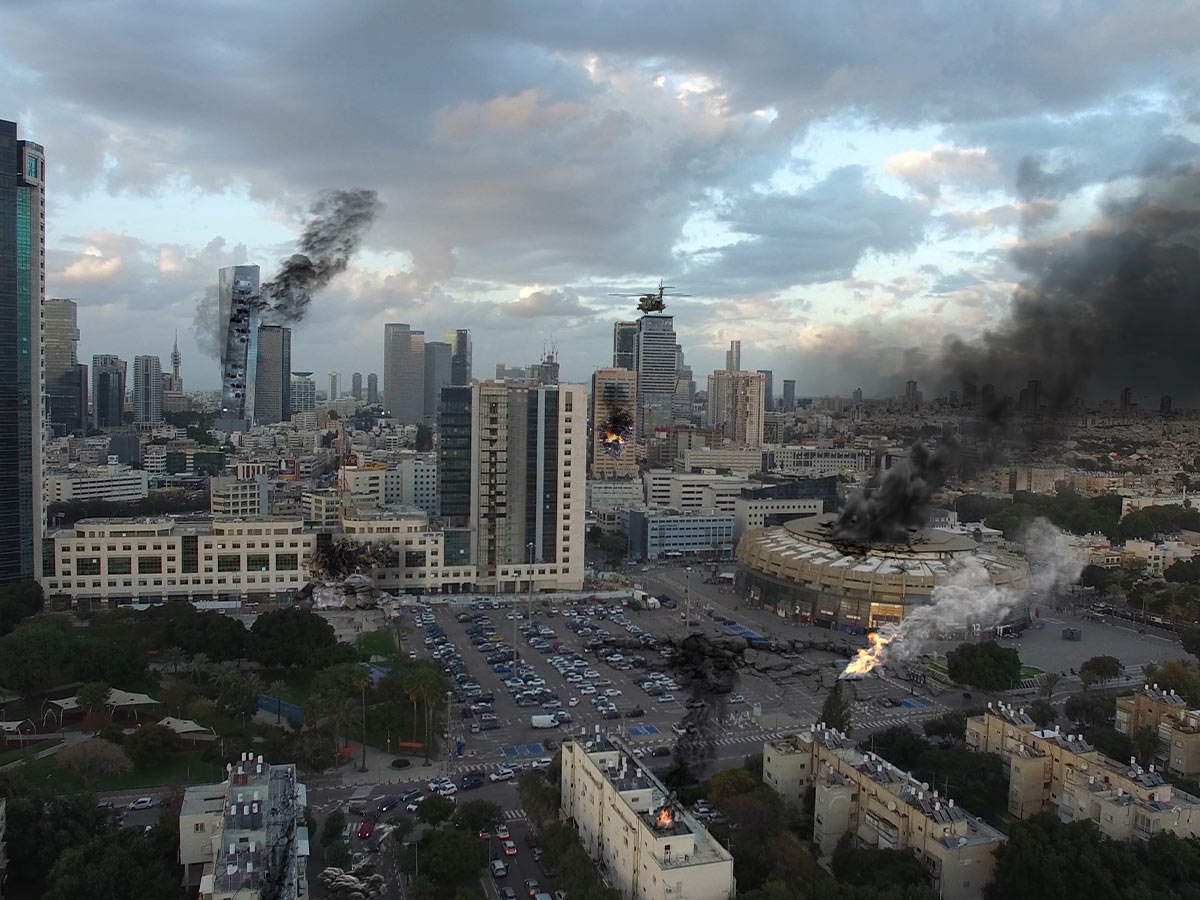The Backstory of the Israel and Palestine Conflict

The Israel-Palestine conflict traces back to the late 19th and early 20th centuries when Jewish and Arab nationalist movements emerged in the region. After World War I, the British Mandate for Palestine was put into place, and there was an influx of Jewish immigrants, which led to increased tensions between Jewish and Arab communities regarding land ownership and national identity. In 1947, the United Nations put forward a partition plan that resulted in the creation of separate Jewish and Arab states.
This ultimately led to the establishment of the State of Israel in 1948. However, this led to displacement and conflict when neighboring Arab states rejected the plan and invaded Israel. The tensions and territorial disputes were further intensified by the subsequent Arab-Israeli wars, particularly in 1967 and 1973. The conflict has been marked by outbreaks of violence, attempts at peace talks, and ongoing disputes regarding borders, settlements, refugees, and the status of Jerusalem, a holy location for all sides.
Why Israel and Palestine Are Fighting?

Israel and Palestine are engaged in a conflict that stems from a complex mix of historical, political, and territorial factors. The conflict arises from the different claims to the land, which both Israelis and Palestinians view as their rightful homeland. After the State of Israel was established in 1948, a significant number of Palestinians were displaced, causing them to harbor long-standing grievances and a strong aspiration for self-determination and the right of return.
Israeli viewpoints highlight the importance of security, particularly in safeguarding Jewish communities from assaults by Palestinian militant organizations like Hamas and Islamic Jihad. In addition, Israelis highlight the historical and biblical ties to the land, along with the necessity for a Jewish state after enduring centuries of persecution, including the Holocaust.
The conflict is intensified by disagreements regarding territory, borders, settlements, resource access, and the status of Jerusalem, which holds deep religious significance for both Jews and Muslims. Attempts to find a solution to the conflict through diplomatic means, peace talks, and international involvement have been ongoing, but a long-term resolution has not yet been achieved.
Casualties Since October 2023

- Total: Over 34,000 people (33,091 Palestinian and 1,410 Israeli)
- Journalists: 95 (90 Palestinian, 2 Israeli, and 3 Lebanese)
- Humanitarian Aid Workers: Over 224 (including 179 employees of UNRWA -The United Nations Relief and Works Agency)
- Majority of Casualties in the Gaza Strip: Over 33,091, with 70% women and minors
- Civilian Casualties: December 2023 estimates from Euro-Mediterranean Human Rights Monitor suggest 90% of casualties were civilians. The IDF puts the civilian ratio at 66%.
- Additional Unknown Status: 248 persons were taken hostage during the attack on Israel. Around 130 remain unaccounted for according to the BBC.
The Israel-Hamas war has had a tragic impact on civilian lives, with a staggering number of reported dead reaching over 34,000 since October 2023. Specifically, a significant number of were killed in the Gaza Strip. More than 33,000 individuals, including a majority of women and minors, are among the casualties.
The Wars on the Gaza Strip

The Gaza Strip has experienced significant conflict, resulting in multiple wars that have had far-reaching humanitarian and geopolitical implications. Israel and Palestinian militant groups, such as Hamas, often find themselves involved in ongoing conflicts in the region. Conflicts often arise when tensions escalate, such as when rocket attacks are launched from Gaza into Israeli territory or when Israeli military operations aim to target militants and infrastructure in Gaza. Several conflicts have occurred in this specific area. These include Operation Cast Lead in 2008-2009, Operation Pillar of Defense in 2012, and Operation Protective Edge in 2014.
The most recent situation in the Gaza Strip has been marked by intense military operations, airstrikes, and ground offensives, resulting in significant harm to civilians and widespread damage to infrastructure. The situation in Gaza has had a widespread effect on the people living there, resulting in a severe humanitarian crisis and the displacement of numerous civilians. Efforts to negotiate ceasefires and find lasting resolutions to the Gaza conflict have been ongoing, but regrettably, they have often been short-lived.
The Iran Drone Strike

The transition from what was historical proxy conflicts via neighboring states to direct engagement between the two nations indicates a new chapter in the Iran-Israel conflict. Previous conflicts, usually carried out through intermediaries, intensified when Israel reportedly targeted an Iranian consulate in Syria, leading Iran's capital, Tehran, to have a swift response.
On April 13, 2024, Iran initiated its first direct attack on Israeli territory. Iran used explosive drones and missiles, most of which were shot down by Israel's Iron Dome Defense system. President Joe Biden expressed his strong support for Israel while also urging caution regarding Israeli counterattacks. The United Nations Security Council came together to discuss Israel's request for condemnation of Iran's attack.
(Anadolu / Contributor/Anadolu/ Getty Images; Mehr News Agency, CC BY 4.0, via Wikimedia Commons)
 Author
Jennifer Freehill
Last Updated: October 15, 2025
Author
Jennifer Freehill
Last Updated: October 15, 2025